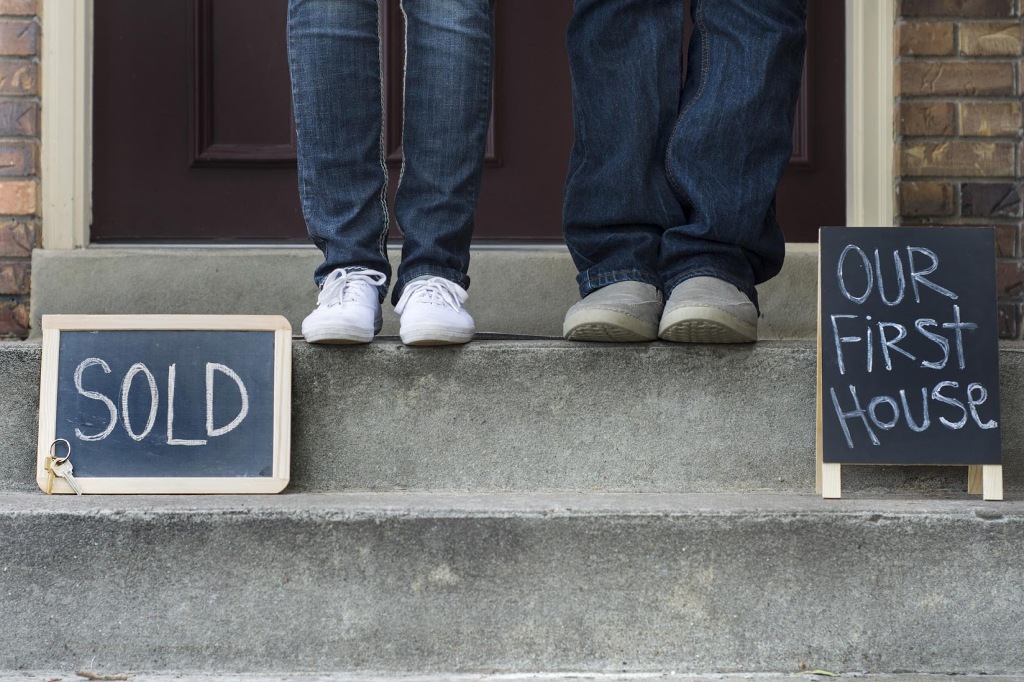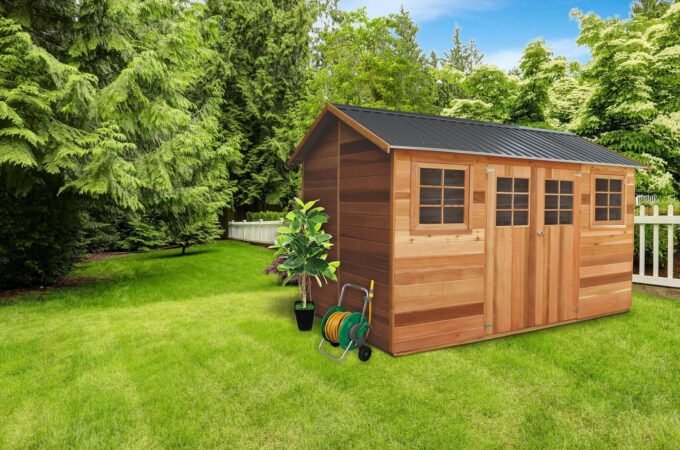
Clever First Home Essentials that Save You Money
Buying your first home can be intimidating. Not only are you making a massive financial investment, but you’re also becoming a homeowner. While this may seem like we’re simply stating the obvious, there is a lot of weight behind those words.
As a homeowner, you will be 100 percent accountable for your home, its repairs, renovations, safety, and security. This also includes being financially responsible to ensure your home never falls into foreclosure. This can partially be accomplished by learning some first home essentials to save money, both upfront and in the long run.
First Home Essentials to Save You Money
Fortunately, in terms of saving money, there are a lot of things homeowners can do to push the odds in their favor. Whether your new home’s a fixer-upper or move-in ready, take a look at the best ways to stay ahead of the curve.
1. Don’t Max Out Your Mortgage Budget
Perhaps the most vital decision you make is how much money you’re going to spend on your home. What is the maximum price you can get approved for and will you use it all?

Our advice is to never max out your budget. Most Americans, nearly 80 percent, live paycheck to paycheck because they live at or beyond their means. Choose a home that’s several thousand dollars or more under your max budget.
You never know what unexpected expenses may come up in life. Living slightly below your means will leave extra space in your finances each month, as well as keeping your credit score thriving.
2. Used Reclaimed Materials for Renovations and Decor
One of the most important first home essentials for saving money encourages homeowners to renovate and decorate consciously. While it may be your first instinct to run to Target and buy every piece of decor that pleases your eye, doing so will put a big hurt on your bank account.
Whether you’re making improvements or just adding your creative flair to the decor, consider using reclaimed materials. Use resources like Pinterest to find creative DIY decor projects and inexpensive ways to decorate your entire home.
3. Buy Energy-Efficient Appliances
Not all appliances are created equally. Some, such as the Energy Star appliances, stand above the rest in regards to energy-efficiency. This can be one of the most vital first home essentials to save you money as you’re already in the unique position of needing new appliances.
The best part is, Energy Star appliances are made in various levels of luxurious design. Whether you’re shopping on a strict budget or are opting for top-of-the-line appliances, you can find one with optimal energy-efficiency.
However, there are also things you can do as a resident of the home to save money on utility costs. For example, these water heater tricks will make even the most energy-efficient water heaters even better.
Additionally, be conscious of turning off lights, not letting the water run while doing dishes or brushing your teeth, shortening your showers, etc.
4. Make a List of Priorities for Your New Home
For anyone moving into a new place, one of your first home essentials should be walking room to room and creating a list of priorities. For example, there’s a difference between necessary repairs and desired renovations. This list also includes furnishing the home.

Especially when working with a budget, you need to decide what projects or expenses need to be handled first to ensure your greatest quality of life. A new coach might be much better than the old one you brought over from your last place, but it’s probably more important to get a broken HVAC unit repaired.
5. Be Smart About Furnishing the Home
When it does come time to furnish the house, try to be methodical about your process. If you’re trying to save as much money as possible, for instance, it may not be in your best interest to furnish the entire house at once. Start with the most essential rooms (bedroom, bathroom, living room, and kitchen) buying only what’s needed.
Over time, you can fill out the rest of your home and continue to add to the essentials. Additionally, there’s nothing wrong with buying second-hand furniture. Check buy/sell/trade pages on social media for your local area or even send a shoutout to your friend’s list, you might just find some stuff for free.
Above all, try to avoid using credit cards, especially in-store credit cards to finance your furniture. It’s a quick fix with long-term consequences in the form of exorbitant interest rates and years of payments.
6. Be Energy-Conscious About the Temperature
Another one of the best first home essentials is learning how to control your thermal envelope. The thermal envelope is the internal atmosphere of your home.
Make sure your home is sealed up properly, particularly at windows and doors where outdoor drafts tend to find their way in. Secondly, install an automated thermostat that will regulate temperatures based on the time of day. These can be set to back off the heat or A/C when you’re away at work, which can save you a significant amount of money on your gas and electric bill.
For inexpensive temperature regulation in individual rooms, we highly recommend using ceiling fans which can push the heat down during the winter or help pull it up in the summer.
7. Invest in Homeowner’s Insurance
Homeowner’s insurance is incredibly important and one of the top first home essentials. While you may immediately see it as another expense, it could save you thousands upon thousands of dollars in the future.

In the event of a tragedy, you need to make sure your home is covered. For example, house fires are more common than people think and can leave you homeless and without any possessions. Additionally, you never know if your house will get robbed, flooded, or otherwise damaged.
Looking for More Great Advice?
IF you’ve enjoyed our list of first home essentials, we’ve got much more to offer. Before you go, be sure to check out the rest of our articles. We have everything from home improvement and decor to travel and technology.
Good luck with your first home!




